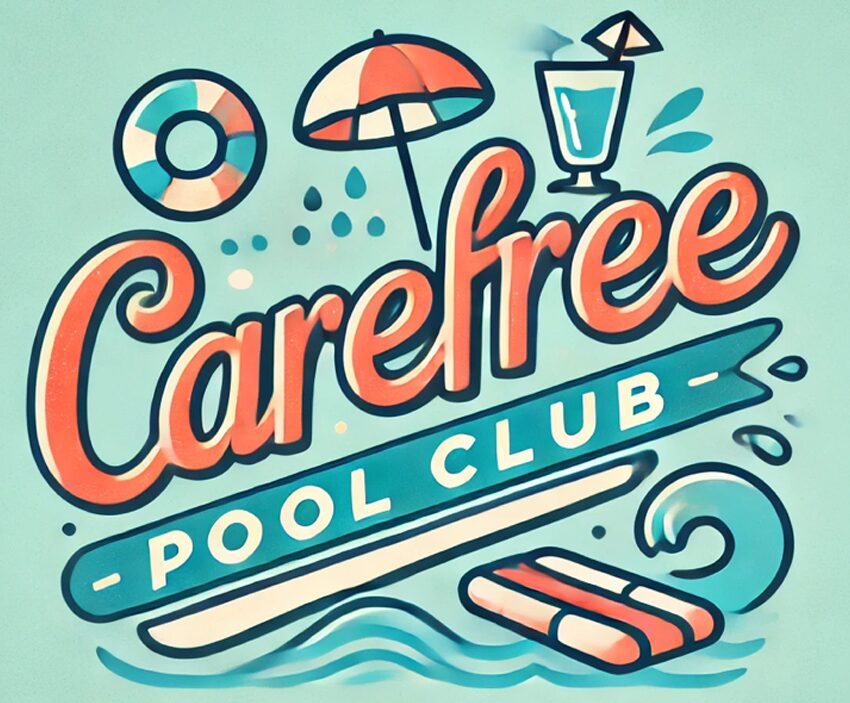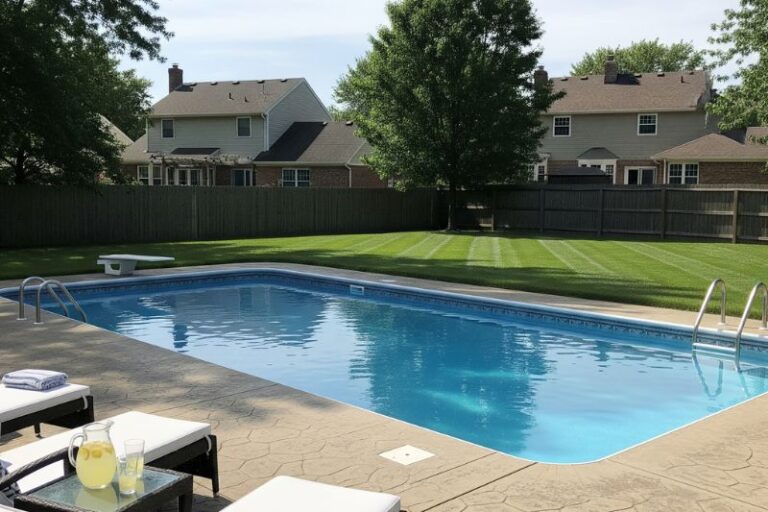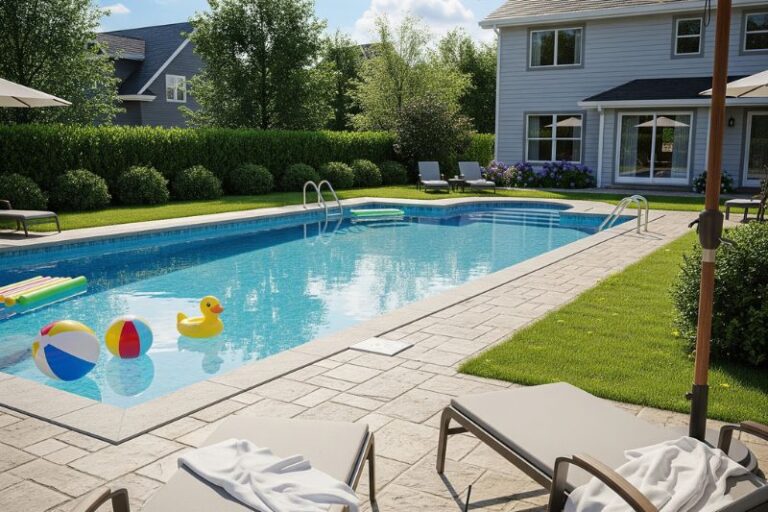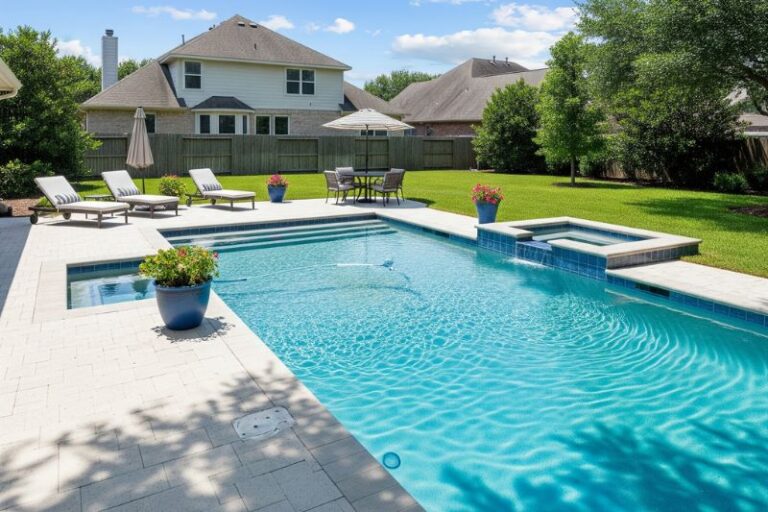You did everything right. Or so you thought. The rain came, you smugly watched it fill your pool a little, figured Mother Nature was helping out, and then you woke up to what looked like a swamp with steps. Congratulations. Your pool is now gross and it’s kind of your fault. Let’s talk about why.
Chapter One: The Myth of the Helpful Rain
Here’s the thing. Rainwater is not some magical, free refill of perfect, clean water sent to bless your backyard oasis. It’s full of dirt, dust, and all the pollution it collected while falling through the sky. You wouldn’t dump a bucket of mud and bird poop into your pool on purpose, would you? Because that’s basically what happened.
After the rain, the pool’s chemistry is completely thrown off. The pH dips, the chlorine level plummets, and now algae is eyeing your pool like it’s an all-you-can-eat buffet. You ignored this because you thought your pool was tougher than the weather. Spoiler: it isn’t.
Chapter Two: The Forgotten Filter
Most pool owners, yes you, forget to clean the filter after a heavy rain. All that runoff carrying leaves, grit, worms, and who-knows-what ends up in the water. Your poor filter is clogged with debris, and you just walk by it every day wondering why the water looks like pea soup. Don’t be that person.
Blunt advice: After rain, clean the skimmer basket, pump basket, and backwash or rinse your filter. If your filter is already overdue for maintenance, now you’ve got a double mess on your hands.
Chapter Three: The Shocking Truth
Let me guess. You skipped shocking the pool. Because hey, it “just rained” and you thought the water would be fresh and clean now. Wrong. Rain dilutes your chlorine level faster than a teenager dilutes orange juice with vodka. Algae doesn’t wait for you to figure it out. It moves in fast.
Shock your pool after a rainstorm. Not next week, not when you feel like it. That night or the next morning. Measure properly and don’t just dump in whatever looks right. You’re not seasoning a stew, you’re maintaining an ecosystem.
Chapter Four: The Lazy Brushing
If you’ve been around your pool for more than a week, you know brushing is one of the least glamorous but most important parts of pool care. Rainwater stirs up fine particles that cling to the walls and floor. You let it sit there, thinking the filter would magically suck it all up. Wrong again.
Brush your pool walls and floor to keep debris and algae from building a tiny city on your plaster. It takes ten minutes and saves you hours of scrubbing later.
Chapter Five: The Test You Forgot
And here it is. The biggest mistake. You didn’t even test the water after the rain, did you? You just looked at it, nodded, and thought, “Looks fine.” Except water that looks “fine” can be completely off-balance and hostile to both swimmers and equipment.
Test your water after it rains. Every single time. The pH, chlorine, alkalinity, and even calcium hardness can shift dramatically. Don’t assume. Know.
Checklist For Post-Rain Pool Care
Here’s your no-excuse, easy-to-follow checklist for when it rains:
- Test the water. Get accurate readings of chlorine, pH, alkalinity, and adjust as needed.
- Shock the pool. Eliminate what rain brought in before it takes over.
- Clean the filter. Empty baskets, backwash or rinse the filter, and make sure it’s running well.
- Brush the pool. Remove fine debris and stop algae before it sticks.
- Vacuum if needed. Don’t let sediment settle on the bottom.
Closing Thoughts From The Pool Detective
You love your pool, right? Then stop treating it like a giant outdoor bathtub you can ignore until it screams for help. Rain is not harmless. It messes everything up if you don’t step in and fix it.
Be smarter than the storm. The next time it rains, roll up your sleeves, grab your test kit and brush, and show that pool who’s boss. Otherwise, enjoy explaining to your guests why the water looks like swamp juice instead of the sparkling blue you brag about.
Case closed.




